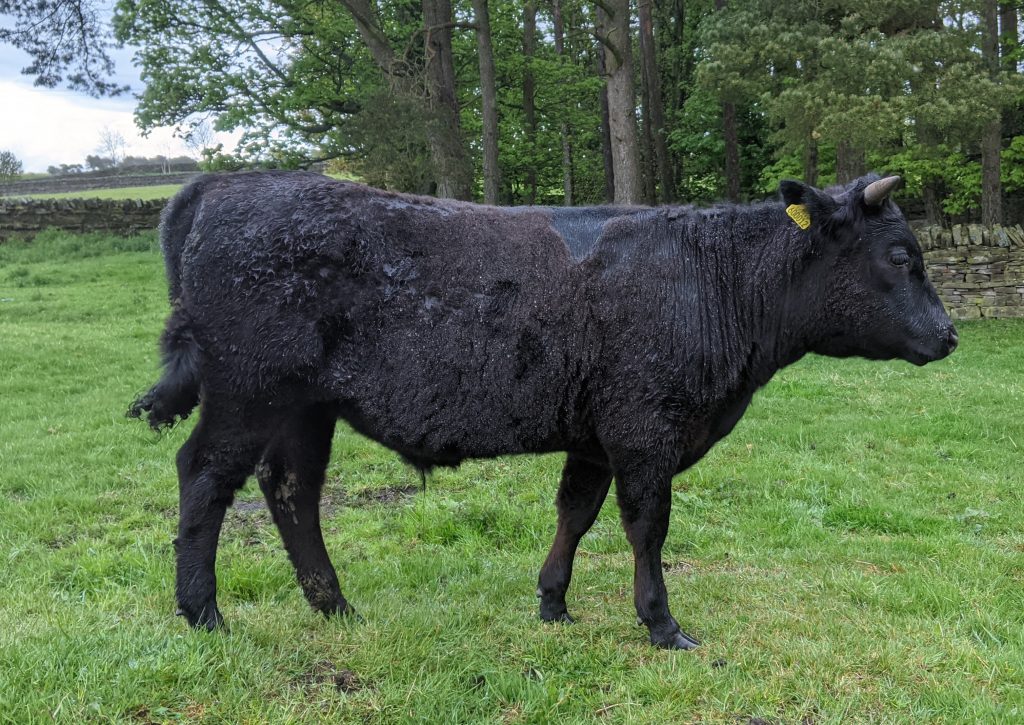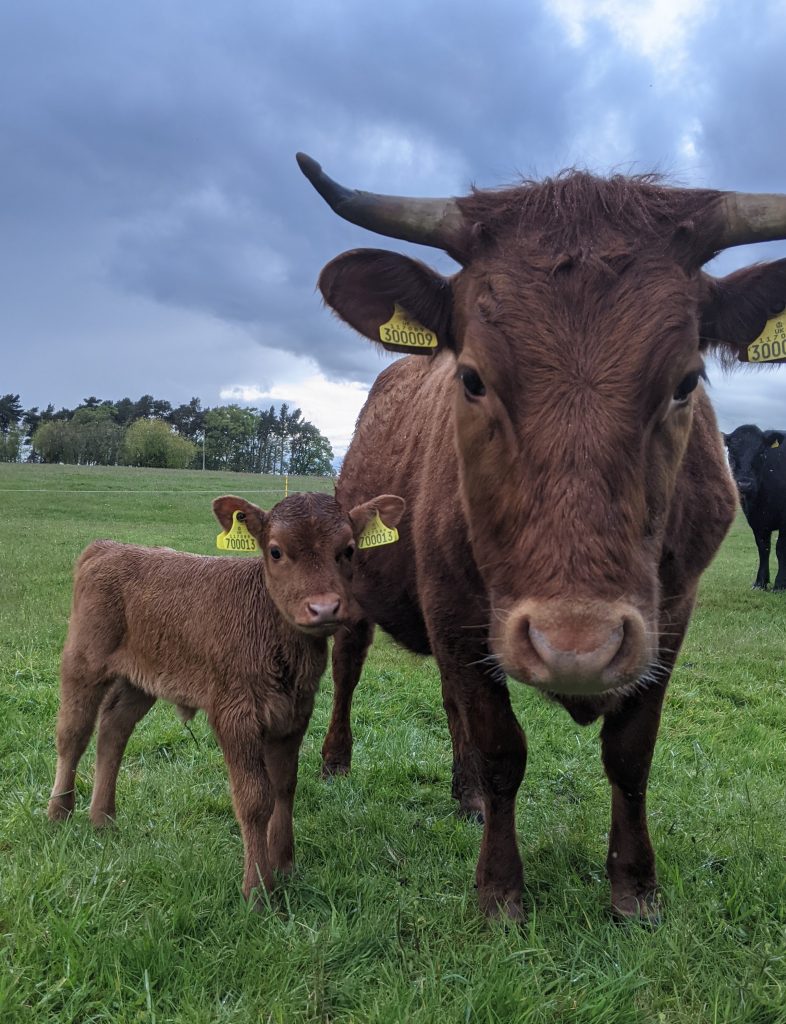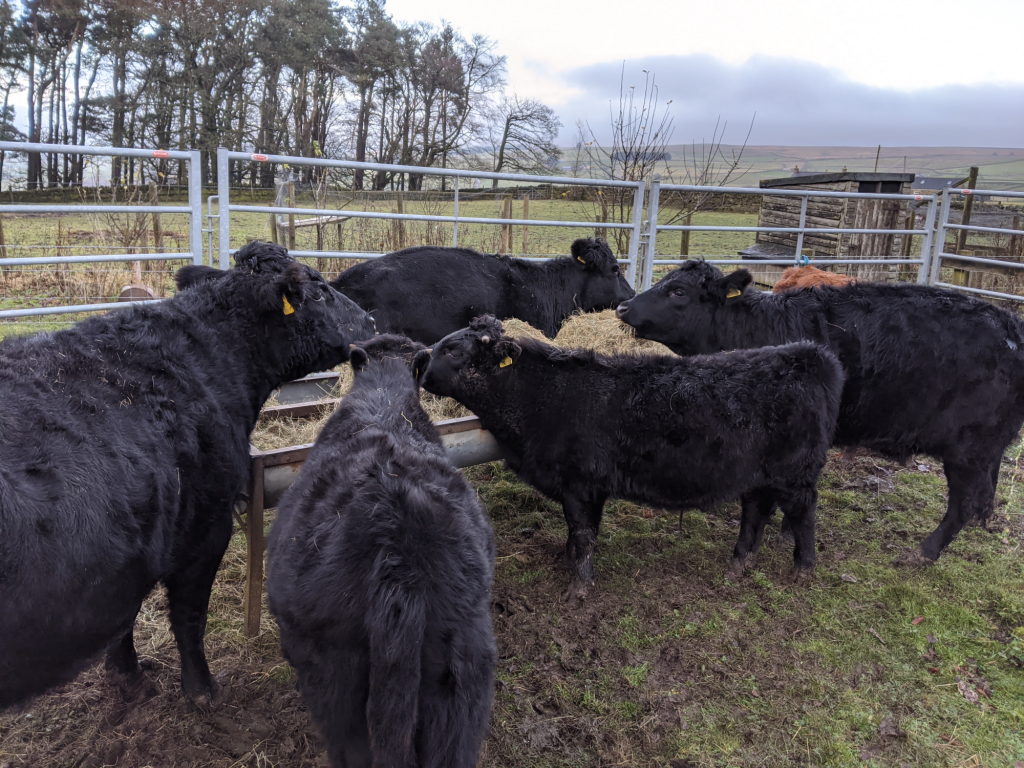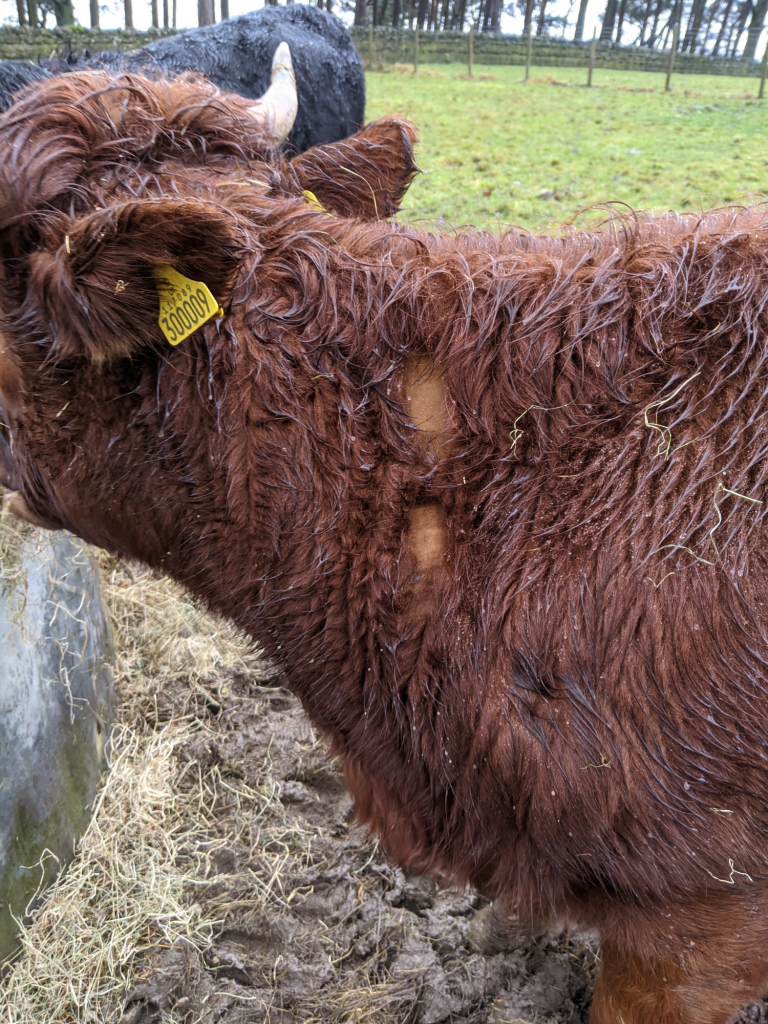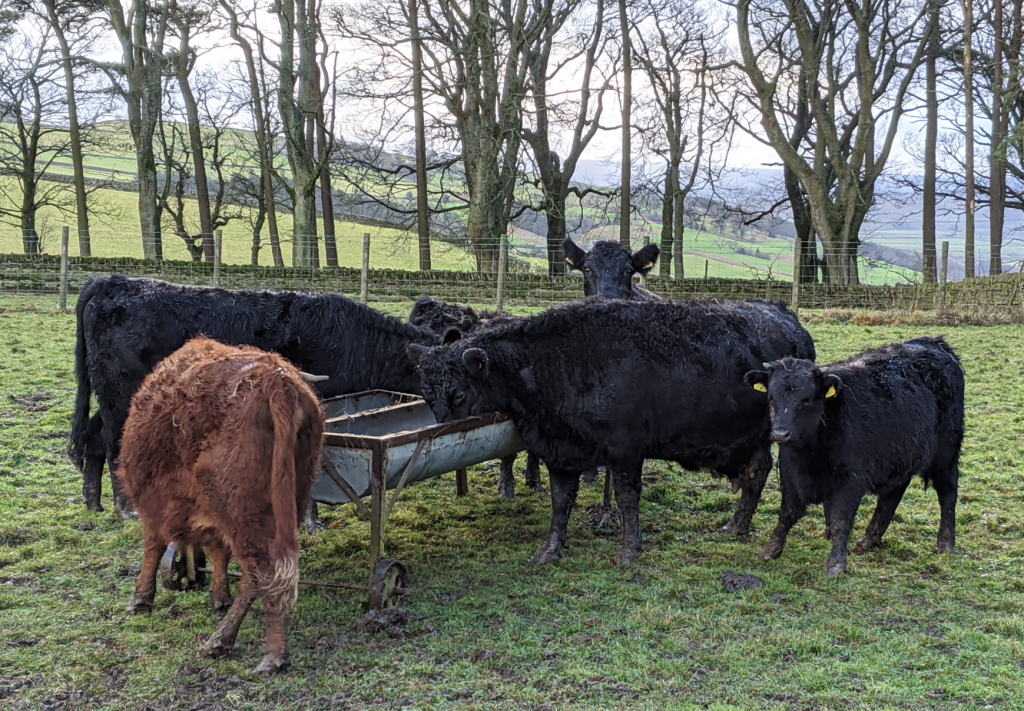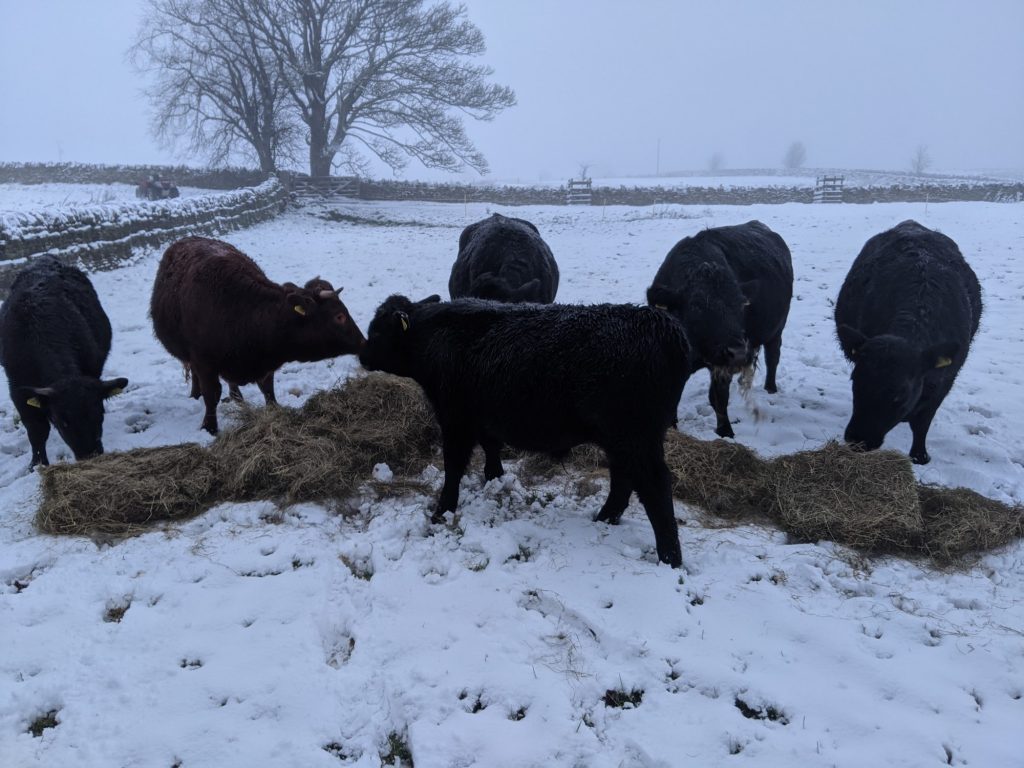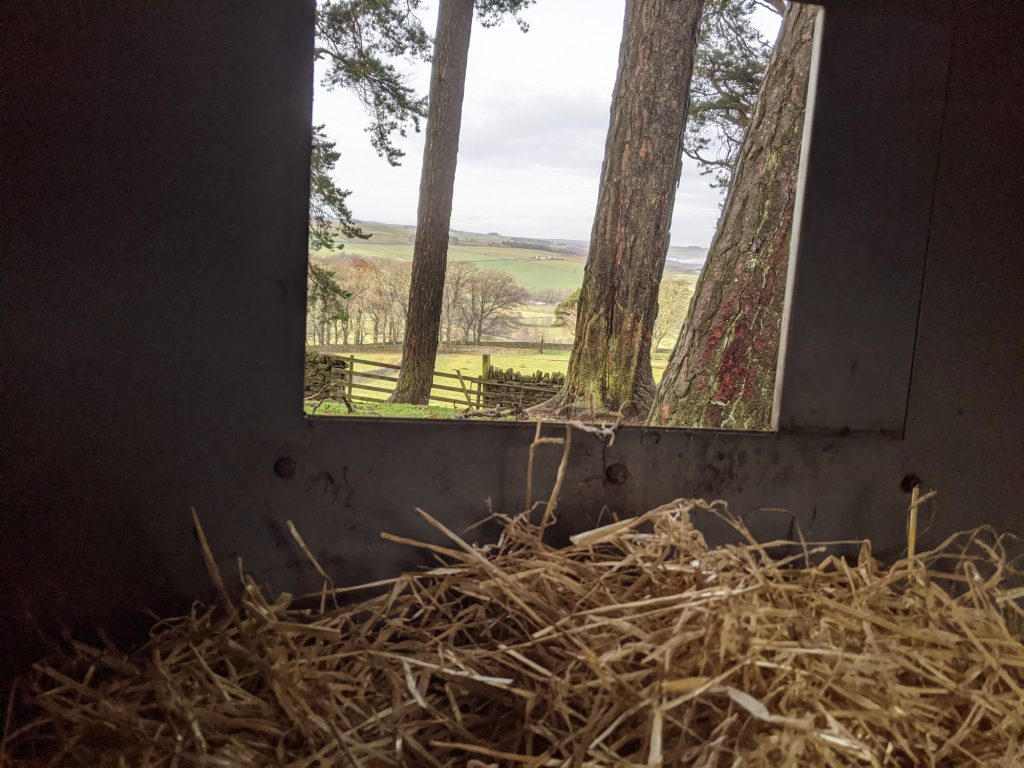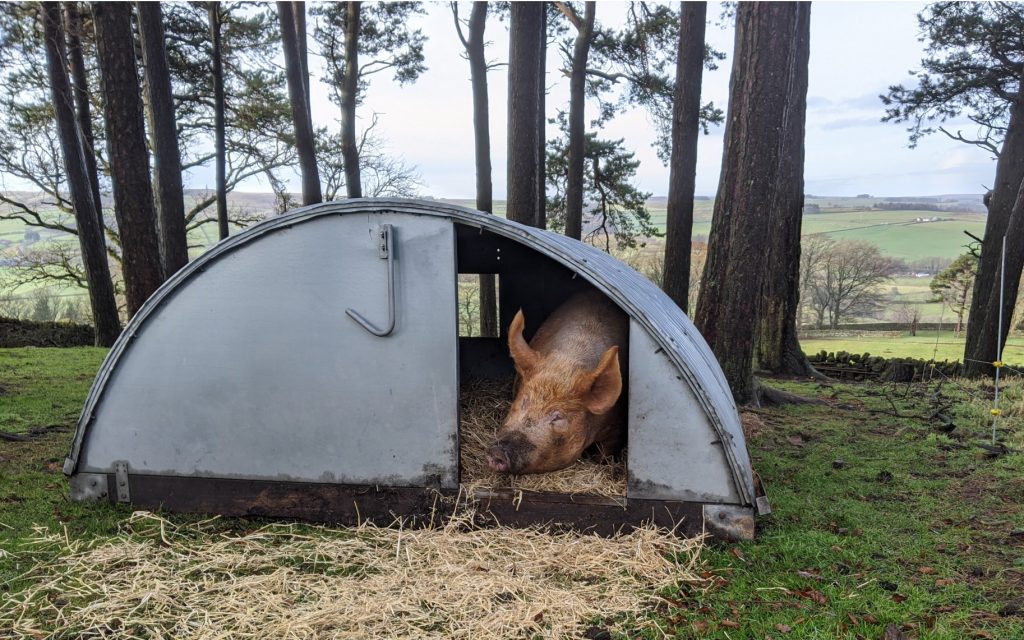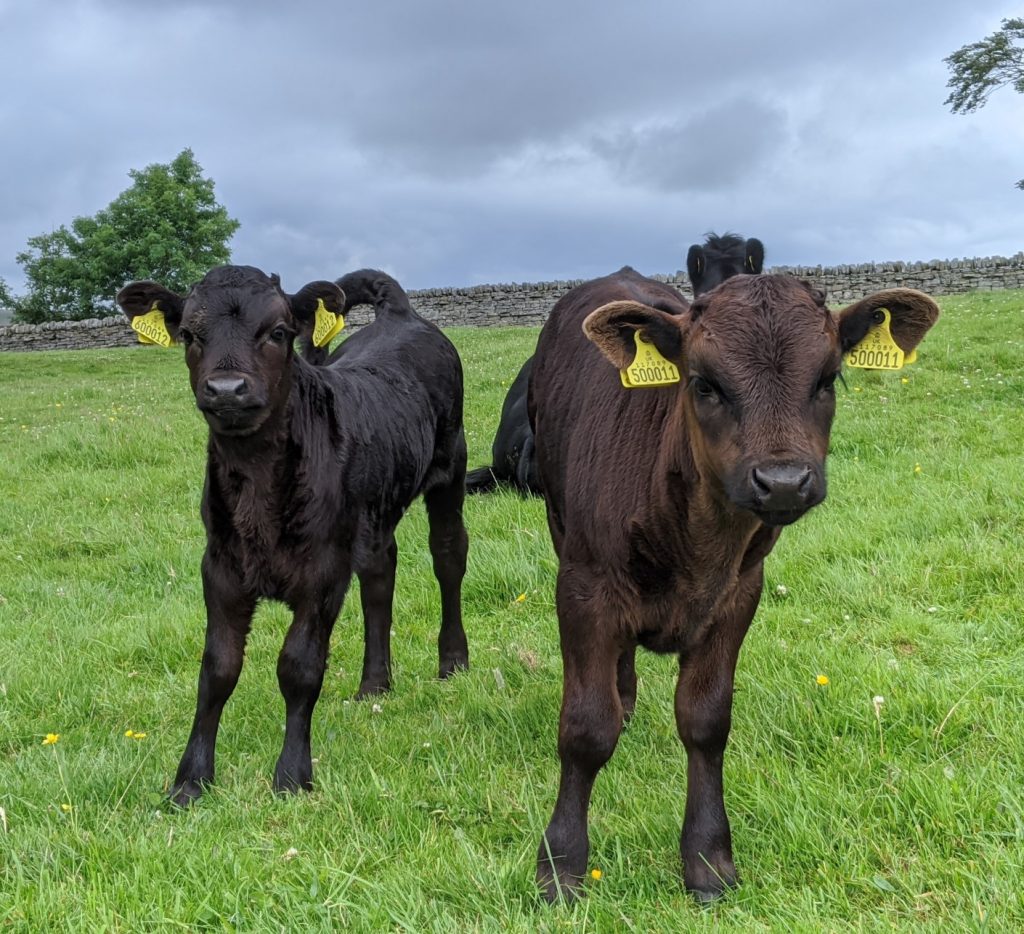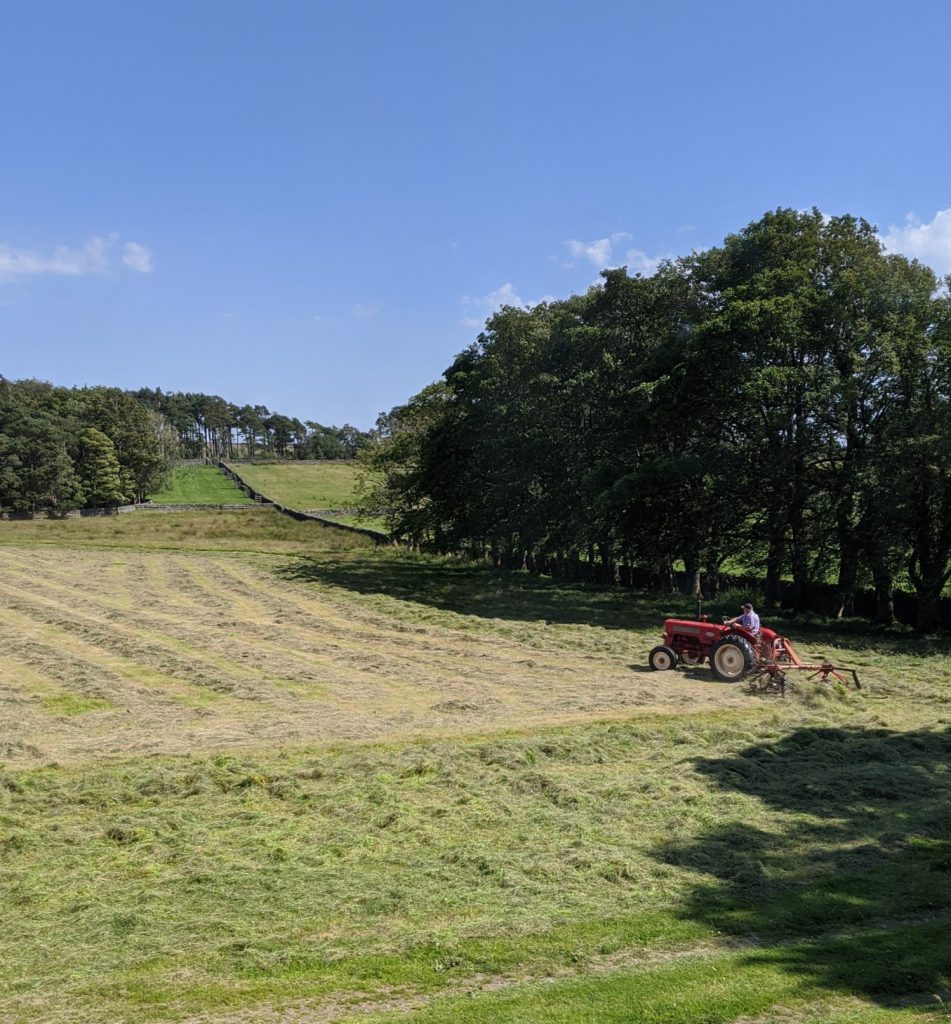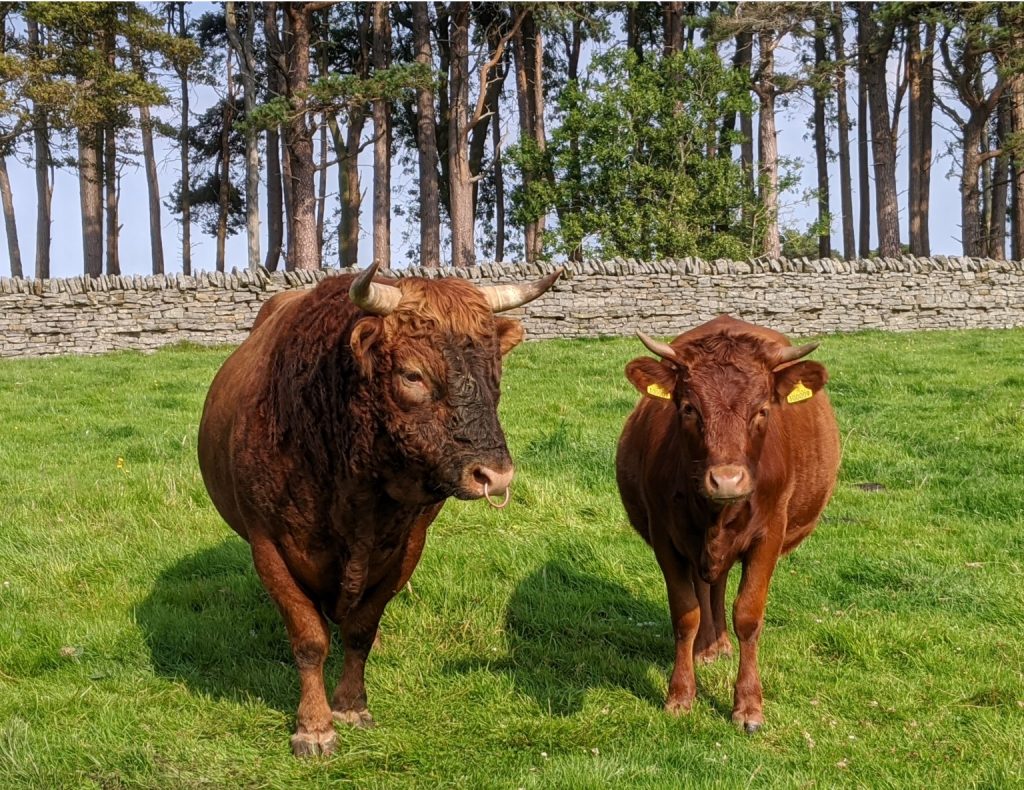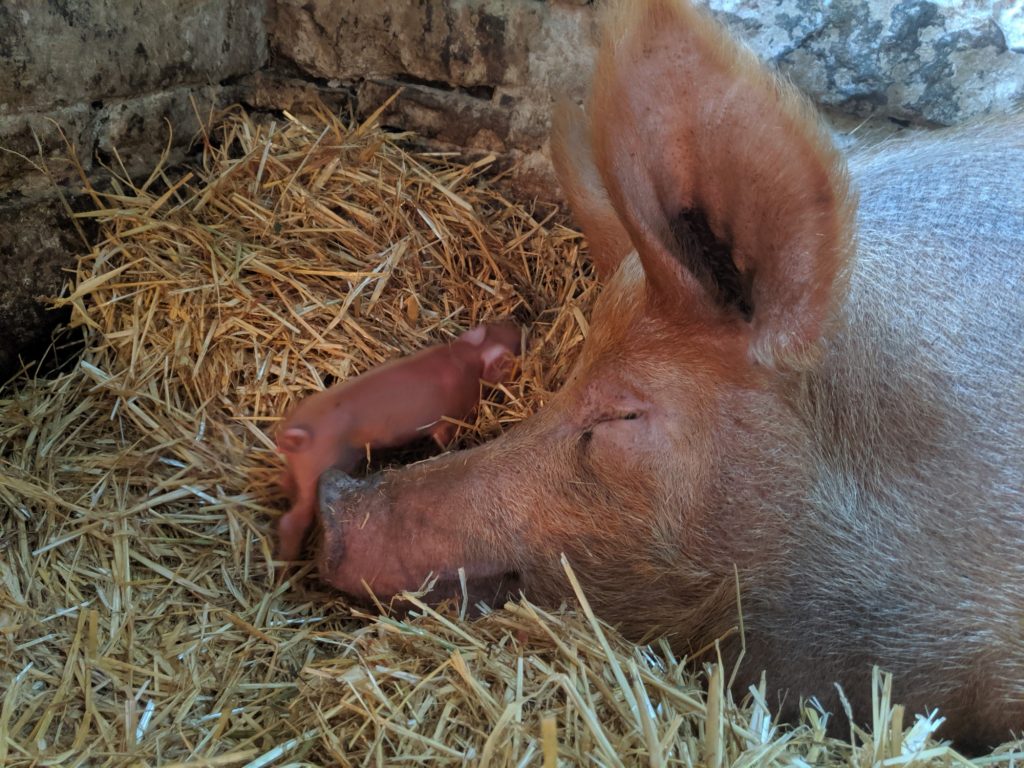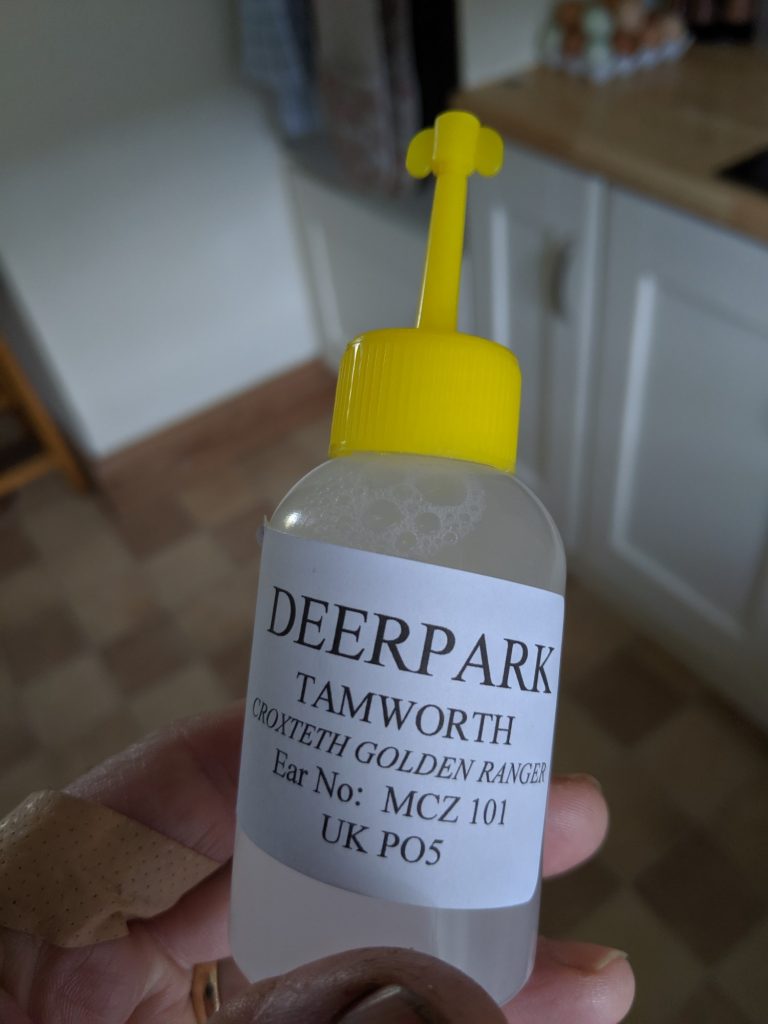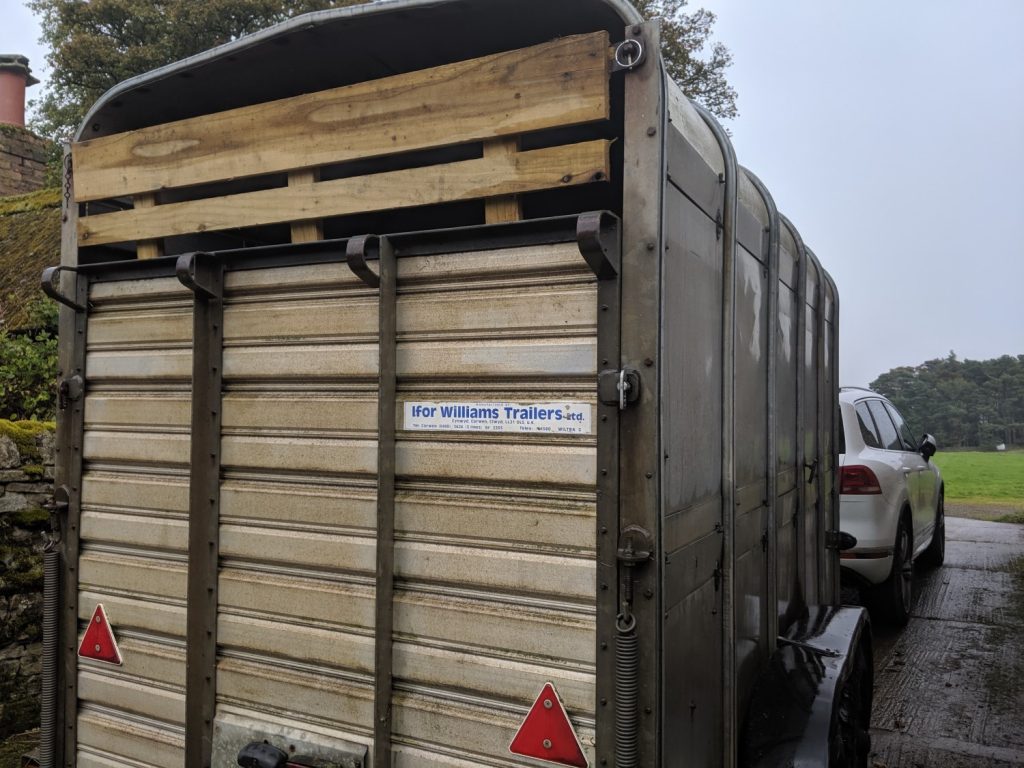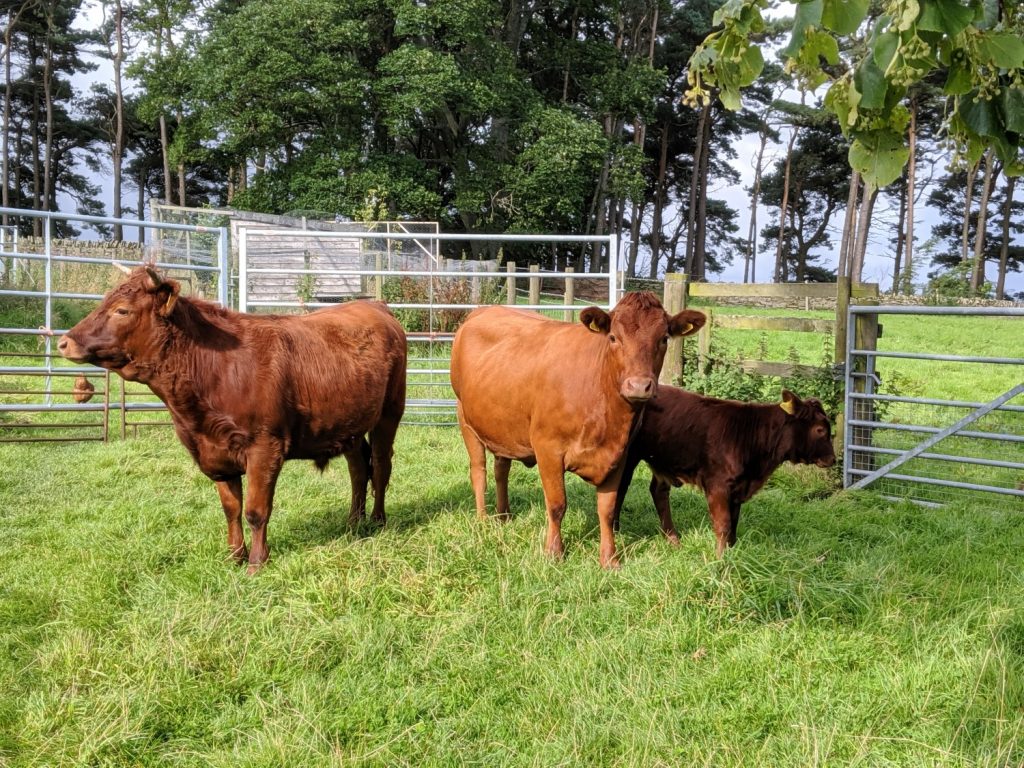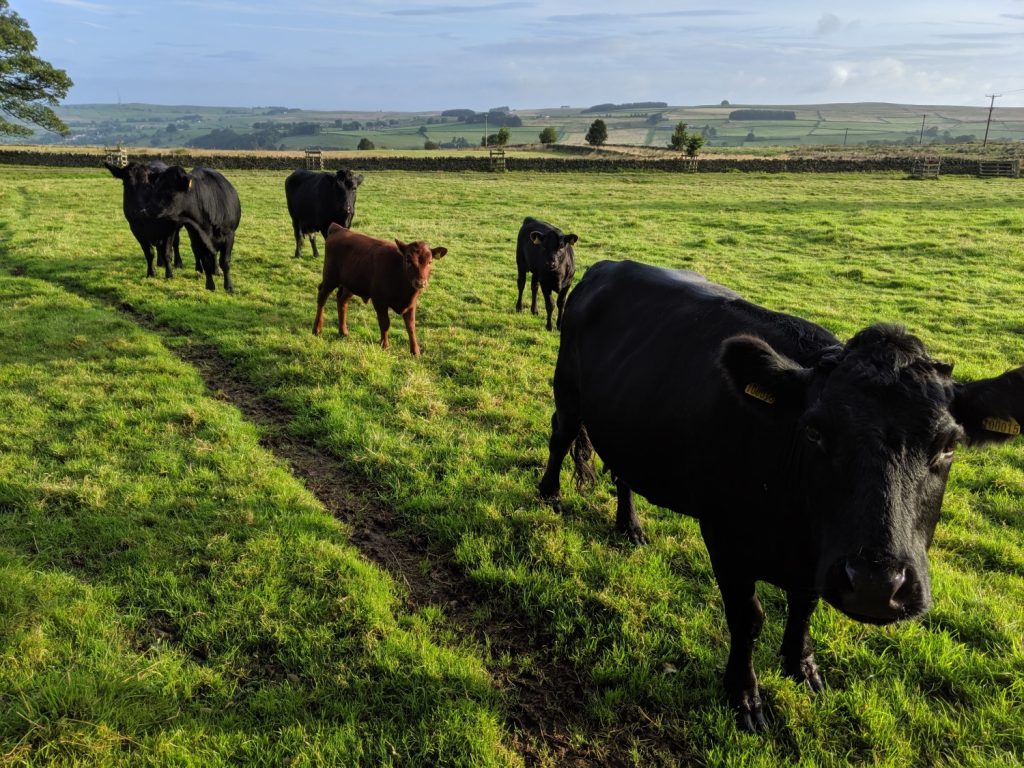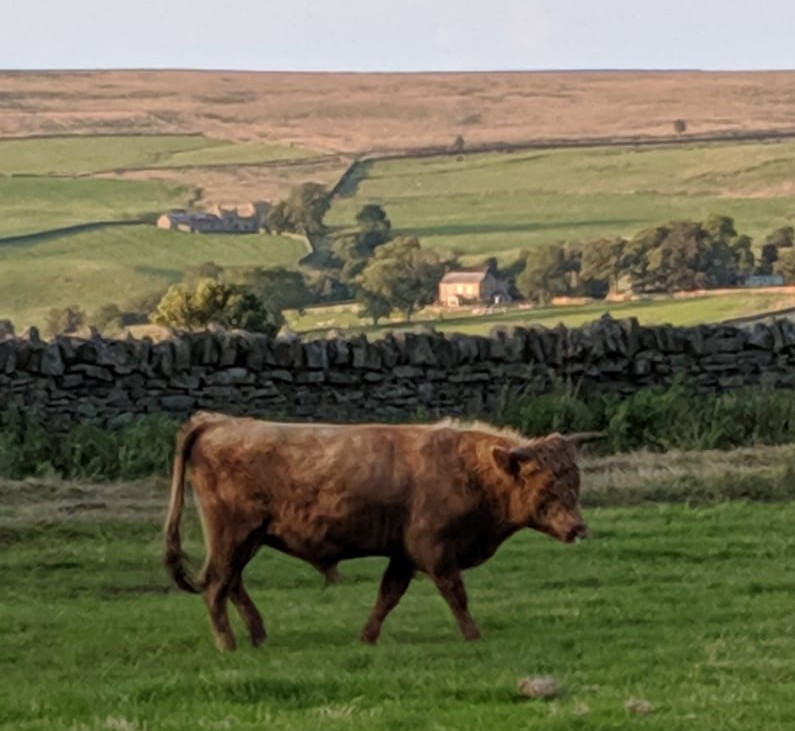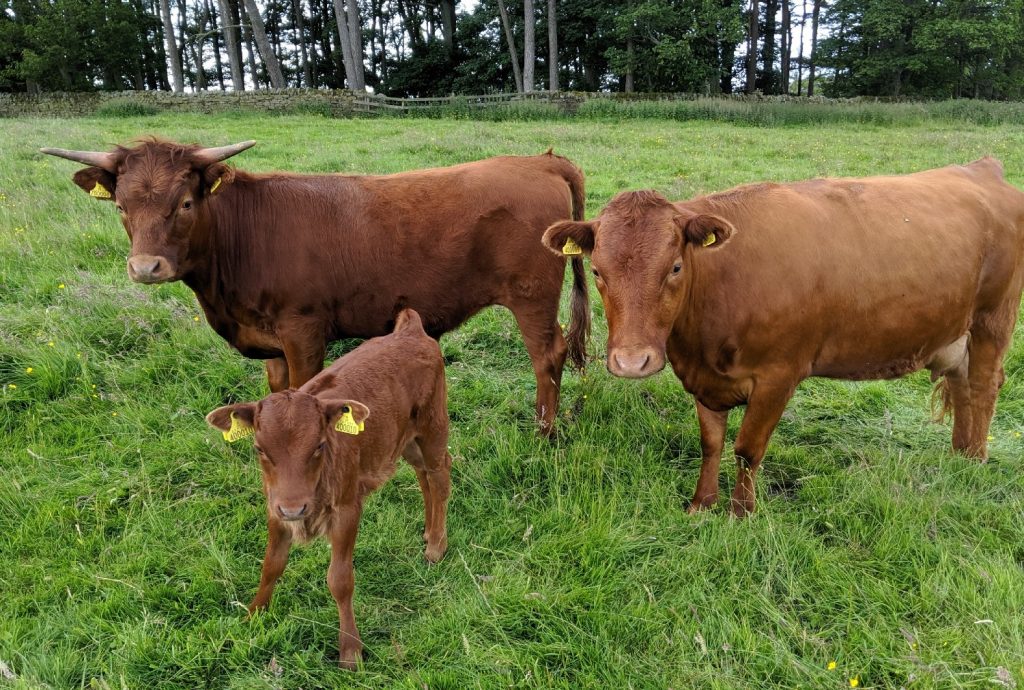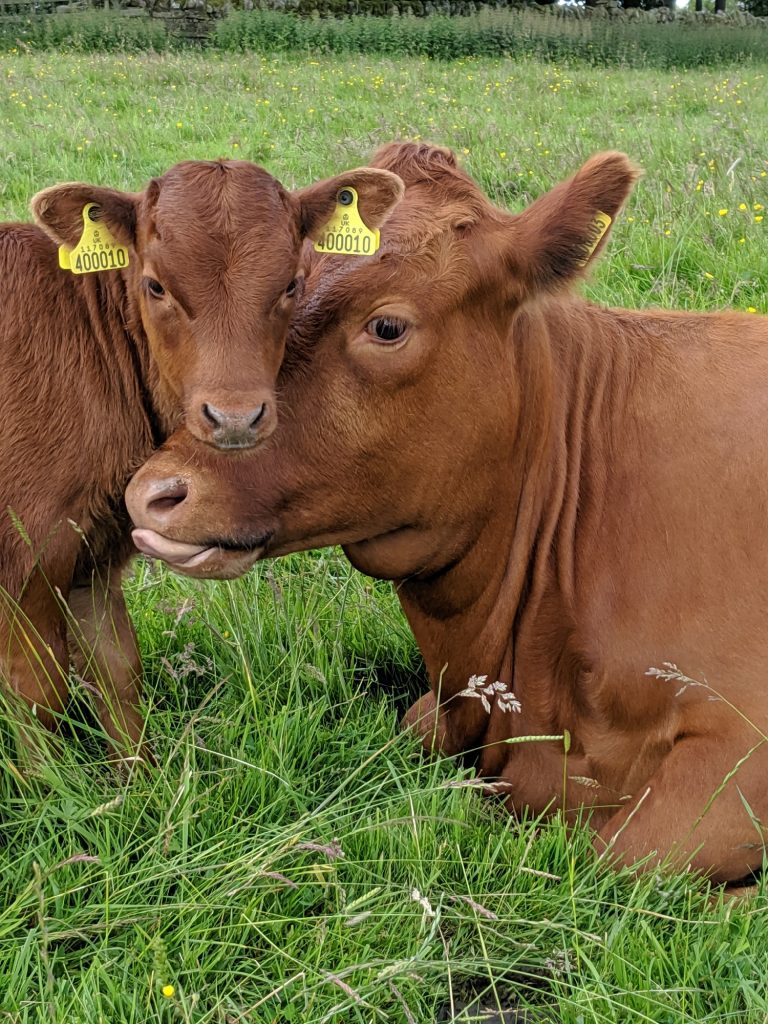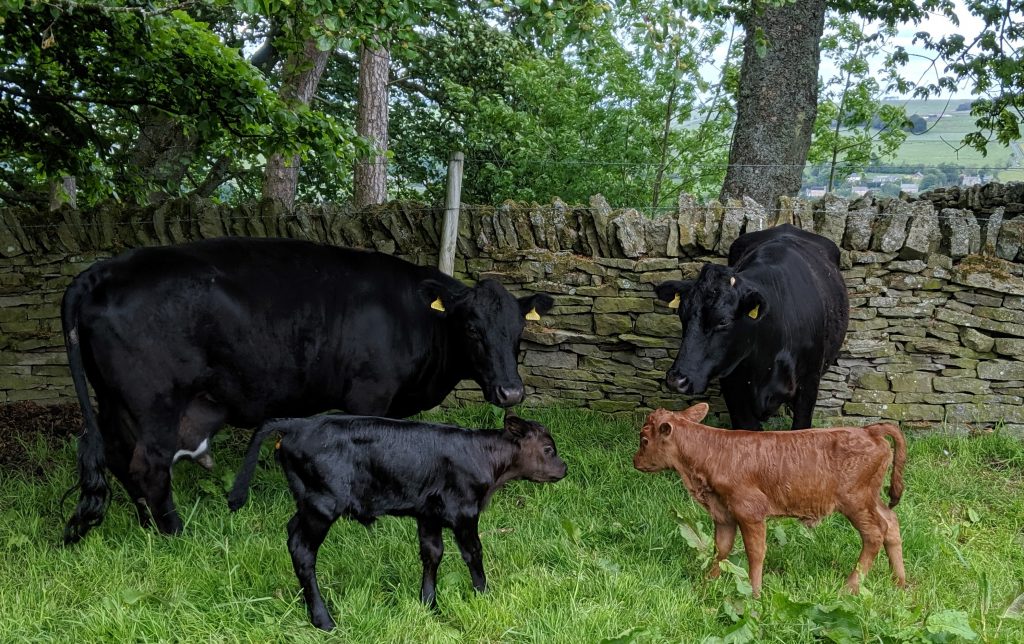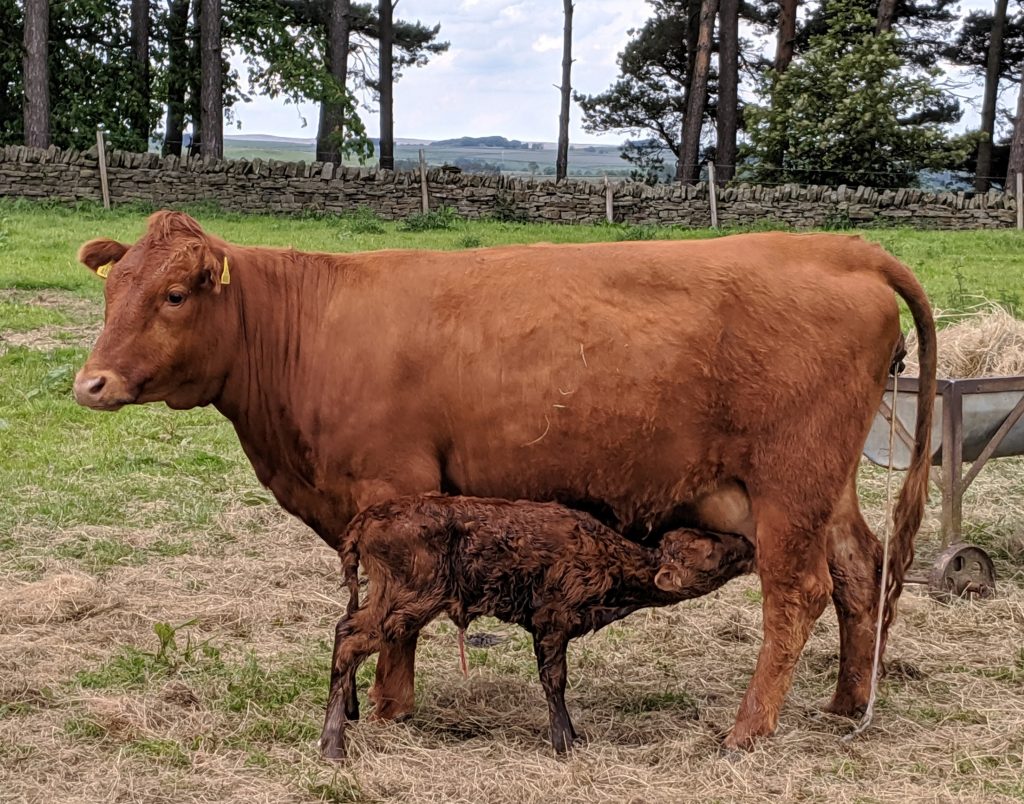Sometimes events can hit you without warning and no matter how prepared you think you are, there’s always something that can catch you out.
We had 3 lovely Dexter calves born this summer – first to arrive was Ursula on 21st May and her mother, Nellie, has regularly given us lovely calves. This was followed by Hattie giving birth to a bull calf we called Jay on 2nd June and finally Daisy delivered another bull calf, Joe, on 15th June
However on 25 July, a few days after an extremely hot spell of weather, we found that Ursula had died without any prior indication of problems. She was just found lying dead in the field and her mother (Nellie) was obviously upset. In all our time here, this was the first unexpected death for any of our livestock so it was a traumatic time for all concerned.
While checking the cattle first thing the next morning, I noticed that Jay was looking out of sorts so the emergency vet was called out, They came promptly and after a quick post mortem on Ursula, decided this was a stress related condition often called Shipping Fever. They gave Jay an antibiotic injection to try to deal with this and we left him alone to rest for a few hours.
Sadly he was also found dead later that day so my concerns immediately turned to Joe, the last remaining calf born that summer. He appeared to be fine but I obviously couldn’t trust that given the recent experiences.
A nervous few days followed until it became clear that he was managing just fine so we could relax a little bit. That was easier said than done though and we’ve continued to watch him much more closely since then.
We’d never had any problems like this in 7 years of breeding Dexter cattle and hopefully we won’t see anything similar again
